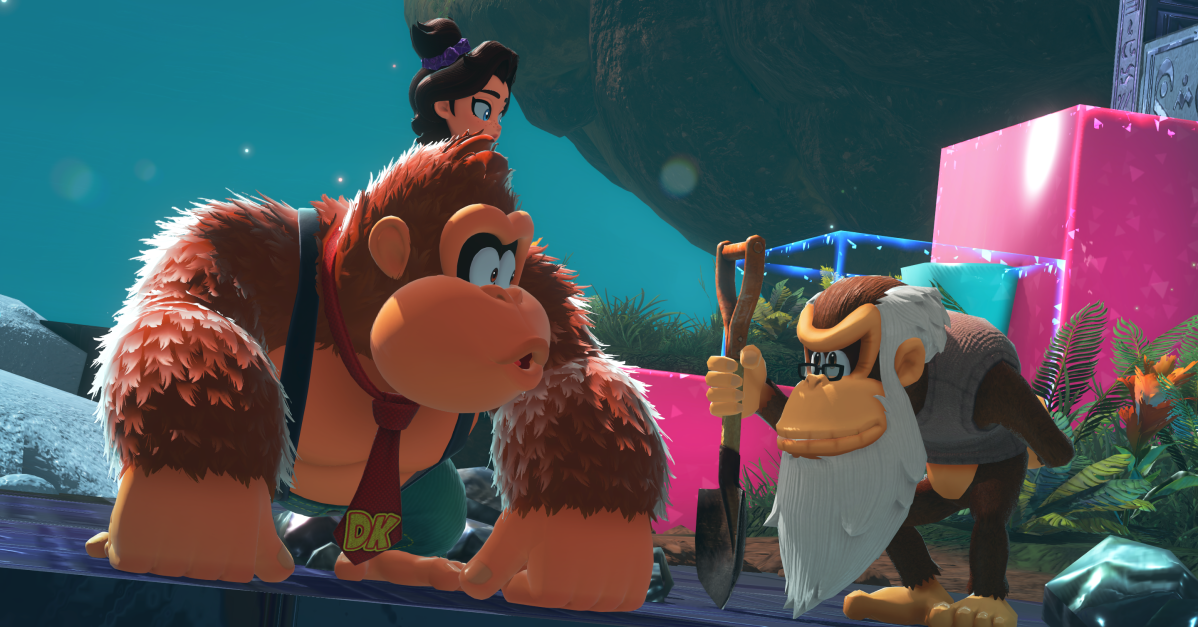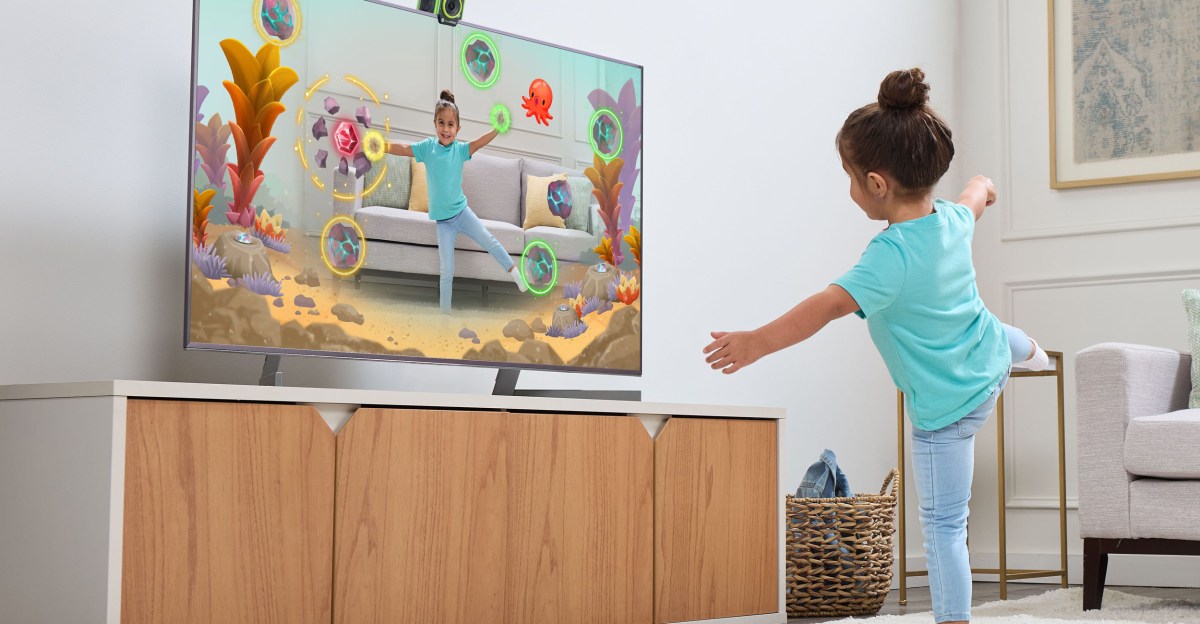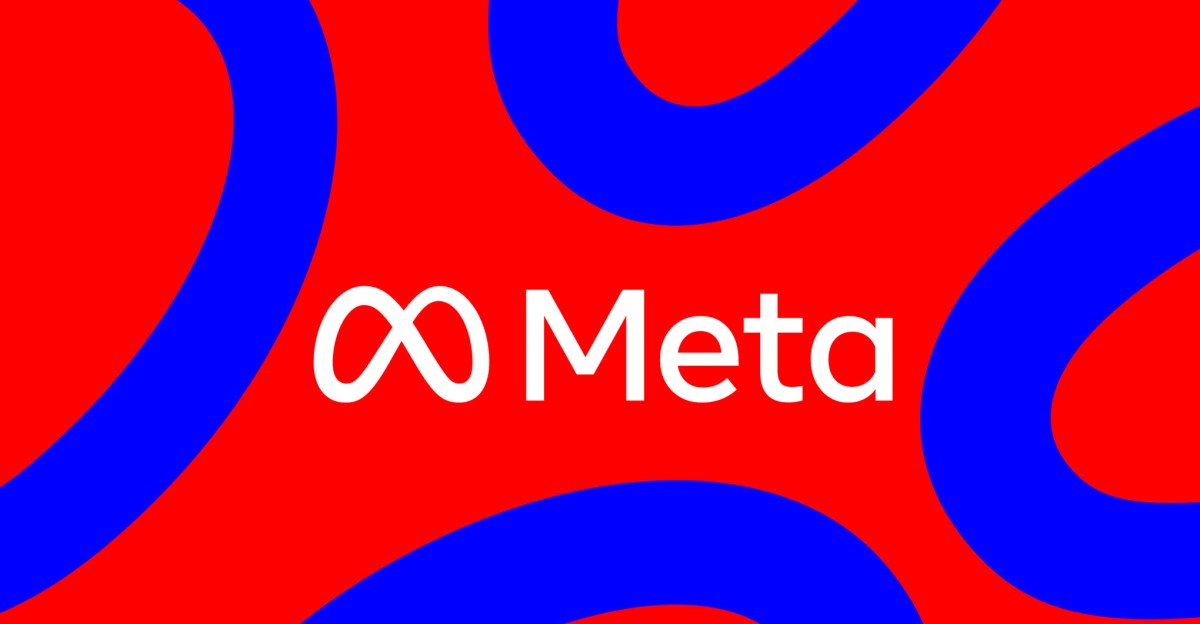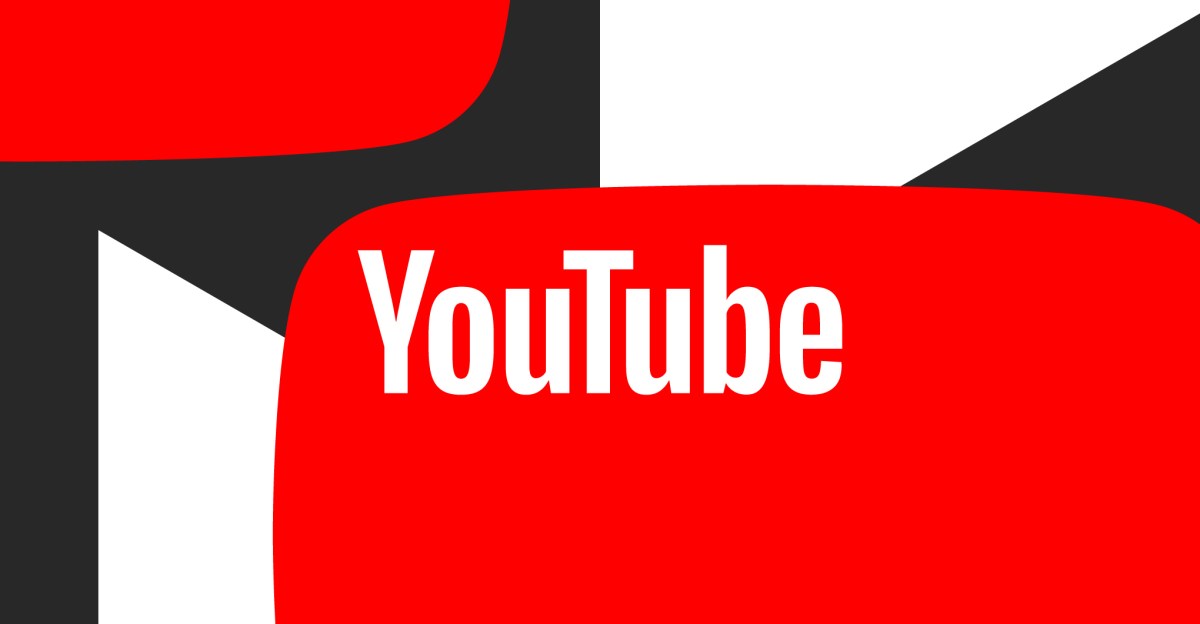Latest Tech News
Nintendo’s slow drip of Switch 2 games is a feature, not a bug

When Nintendo first announced the Switch 2’s slate of launch titles, people were very quick to cry foul about how few original, exclusive games the company had lined up for its latest console. There were ports from other systems and updated versions of original Switch games. But Mario Kart World was the Switch 2’s only major new exclusive title, which, for some, put a further damper on a launch that was already mired in confusion about pricing and game key cards.
Back in April when Nintendo first announced all of the Switch 2 games slated to come out through the end of 2025, you could see that the company was loosely following a monthly release schedule for its new exclusives. June would go to Mario Kart World and Nintendo Switch 2 Welcome Tour. And Donkey Kong Bananza would drop in July amid the releases of a couple Switch 2 editions of older games. At the time, Nintendo said that Drag x Drive would debut at some point in “the summer,” but it has since pegged the game to a firm August 14th release date.
Currently, there’s nothing on the docket for September, but the month could easily go to Kirby Air Riders, which is supposed to come out this year. And after Pokémon Legends: Z-A’s release in October, the “winter” will belong to Hyrule Warriors: Age of Imprisonment (and maybe Metroid Prime 4: Beyond, which is also due out sometime in 2025).
Looking at Nintendo’s roadmap for the rest of the year, it feels as if the company is trying to pace things in a way that gives people time to really sit with and enjoy its exclusives. For every hardcore gamer who prides themself on speeding through a title and being the first to uncover or unlock all of its surprises, there are far more casuals who prefer taking their time. Nintendo could have opted to flood the zone with more exclusives from the jump — a move that probably would have made the Switch 2’s launch seem like a splashier beat in the console wars’ twilight hours. But by spacing things out, the company is guaranteeing that there will be a steady stream of new stuff for people to dig into, and giving people ample time to decide if they’re willing to pay the games’ higher prices.
The Switch 2 is Nintendo’s new flagship, which is to say it’s not going away anytime soon and there will be plenty more games for it in due time. Had Donkey Kong Bananza dropped alongside Mario Kart World, neither game would have been able to take up so much space and command attention they way they could with some distance between them. Releasing new titles at a steady pace was a major part of Nintendo’s vision for the original Switch, and that strategy paid off through the console’s life cycle. Now it looks like Nintendo’s sticking to its guns, and the Switch 2 will probably be better off for it.
Latest Tech News
The LeapMove is a gamified camera designed to get kids off the couch

LeapFrog has announced a new electronic learning system that swaps controllers for a camera. In fact, the LeapMove looks like an oversized, kid-friendly webcam, but is designed to connect to TVs like a console and get kids off the couch using educational games that require full-body movements to play. It’s reminiscent of the Xbox Kinect or the PlayStation 2’s EyeToy, but simpler and much cheaper than competitors’ products like the $249 Nex Playground.
The LeapMove will be available through retailers including Target, Walmart, and Amazon for $69.99, and comes with 25 motion-based games designed for kids aged 4 to 7. It might be hard to pull the older end of that demographic away from games like Roblox, Among Us, and even Fortnite, but in addition to motion detection, the LeapMove uses its camera to make players appear as themselves or “whimsical characters” in several games, which may appeal to younger kids.
The games cover “foundational school subjects” including math, reading, and spelling, and require players to do everything from dancing around to waving their arms and even attempting to catch on-screen objects. The LeapMove connects to a TV over HDMI, and instead of rechargeable batteries it needs access to a power outlet. It can be used either sitting beneath a TV or perched atop it like a webcam using a fold-out support.
LeapFrog says additional games will be made available for the LeapMove at a later date, which can be loaded by connecting the device to a computer and using the company’s LeapFrog Connect desktop app. They won’t be free, but unlike the Nex Playground, the LeapMove doesn’t come with any subscription fees.
Parents concerned about privacy, particularly with devices that rely heavily on a camera, may appreciate that the LeapMove has no wireless connectivity. In 2018, VTech, LeapFrog’s parent company, agreed to settle for a $650,000 fine after the FTC alleged it collected kids’ personal information, including names, emails, and genders, through its KidiConnect mobile app. The LeapMove is completely standalone and keeps track of up to three players’ progress locally.
Latest Tech News
Meta is playing the AI game with house money

Mark Zuckerberg’s AI hiring spree is costing a lot of money. His investors don’t care.
Meta’s stock price shot up over 10 percent on Wednesday after the company reported better-than-expected earnings. Revenue generated in the second quarter was $47.5 billion, up 22 percent from a year ago. Daily users across Facebook, Instagram, Threads, and WhatsApp grew to almost 3.5 billion. Meta also warned Wall Street that it would spend more on data centers and hiring next year. In response to all this, the company’s valuation increased by over $175 billion, or more than 12 Scale AI deals.
”Our business continues to perform very well, which enables us to invest heavily in our AI efforts,” Zuckerberg said during today’s earnings call. Meta’s cash cannon is now fully pointed at his new moonshot of achieving superintelligence, or as he puts it, AI that “surpasses human intelligence in every way.” He bragged about providing the richly compensated members of his new superintelligence lab “access to unparalleled compute” for training new models that will “push the next frontier in a year or so.”
Zuckerberg’s last moonshot was the metaverse, which came up only once at the very end of today’s earnings call. It’s too early to compare the two projects, but they share a key similarity: they need the kind of funding that only a company like Meta can provide.
Where AI differs from the metaverse, however, is that it appears to be already improving Meta’s ads business. A new AI model for delivering ads has driven approximately five percent more conversions on Facebook and three percent more conversions on Instagram, according to CFO Susan Li. Large language models are also starting to power how posts are ranked in feeds across the company’s apps, including Threads.
While Meta is still spending heavily on the metaverse (it’s on track to spend a total of $100 billion on its Reality Labs division this year), there’s no mistaking the fact that AI is officially Zuckerberg’s top priority. This time, though, he’s playing catch-up in a heated race, not trying to invent a new platform from scratch. The stakes are much higher, even if he’s playing the game with house money.
Latest Tech News
YouTube tells creators they can drop more F-bombs

YouTube videos with strong profanity in the first seven seconds (words like “fuck”) are now eligible for full monetization, according to a video from Conor Kavanagh, YouTube’s head of monetization policy experience. Previously, these kinds of videos were only eligible for “limited ad revenue.”
Changes to YouTube’s inappropriate language policies have long been a sore spot for creators. In November 2022, the company began to potentially limit ad revenue if profanity was used in the first 8–15 seconds of a video. ProZD, whose real name is SungWon Cho, published a video where, after waiting 15 seconds, he called the policy change “the dumbest fucking shit I’ve ever heard.” (He later said that the video was demonetized.) YouTube adjusted its policies in March 2023, including allowing videos with profanity in the first 8–15 seconds to be eligible for ad revenue.
I asked ProZD his thoughts about Tuesday’s change. “It’s about fucking time.”
The company originally restricted monetization for videos with swearing at the start of videos to “align with broadcast standards,” Kavanagh says. “Advertisers expected ads on YouTube to have distance between profanity and the ad that just served.” However, “those expectations have changed,” he says, “and advertisers already have the ability to target content to their desired level of profanity.”
While the only specific example of “strong” profanity Kavanagh provides is “fuck” — he says that YouTube defines “moderate profanity” as words like “asshole” or “bitch” — “you get the idea,” he says.
YouTube will continue to limit monetization if you use moderate or strong profanity in titles or thumbnails. Videos with a “high frequency” of strong profanity are also still a “violation” of YouTube’s advertiser-friendly content guidelines, Kavanagh says. “You have to pick and choose your fucks carefully.”

 Fintech2 weeks ago
Fintech2 weeks agoOpenAI and UK Government Partner on AI Infrastructure and Deployment

 Latest Tech News2 weeks ago
Latest Tech News2 weeks agoThe tech that the US Post Office gave us

 Cyber Security2 weeks ago
Cyber Security2 weeks agoMicrosoft Fix Targets Attacks on SharePoint Zero-Day – Krebs on Security

 Latest Tech News1 week ago
Latest Tech News1 week agoTrump wanted to break up Nvidia — but then its CEO won him over

 Artificial Intelligence2 weeks ago
Artificial Intelligence2 weeks agoApple loses key AI leader to Meta

 Cyber Security1 week ago
Cyber Security1 week agoPhishers Target Aviation Execs to Scam Customers – Krebs on Security

 Latest Tech News7 days ago
Latest Tech News7 days agoGPD’s monster Strix Halo handheld requires a battery ‘backpack’ or a 180W charger

 Artificial Intelligence2 weeks ago
Artificial Intelligence2 weeks agoWhy Apple is playing it slow with AI

















